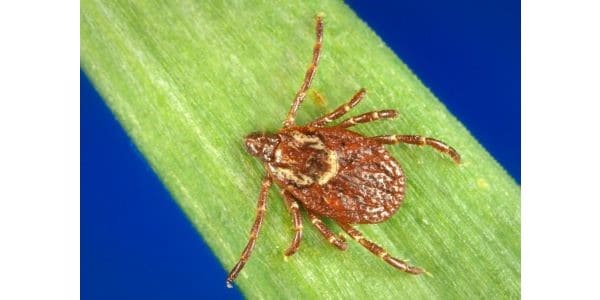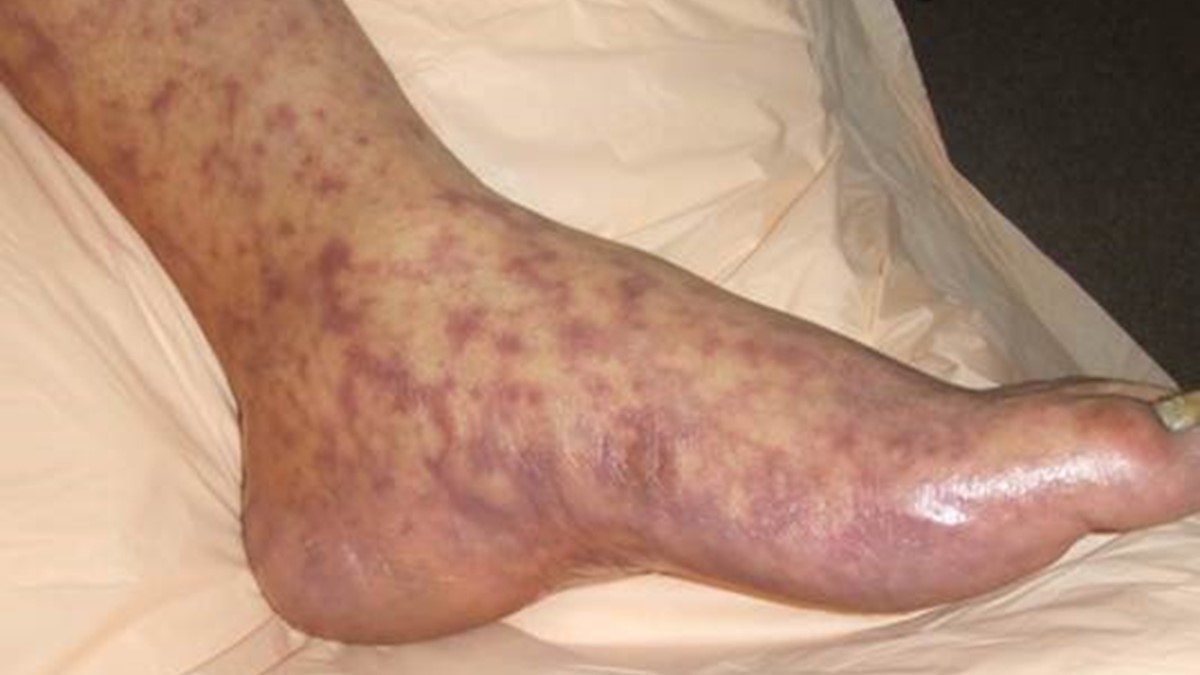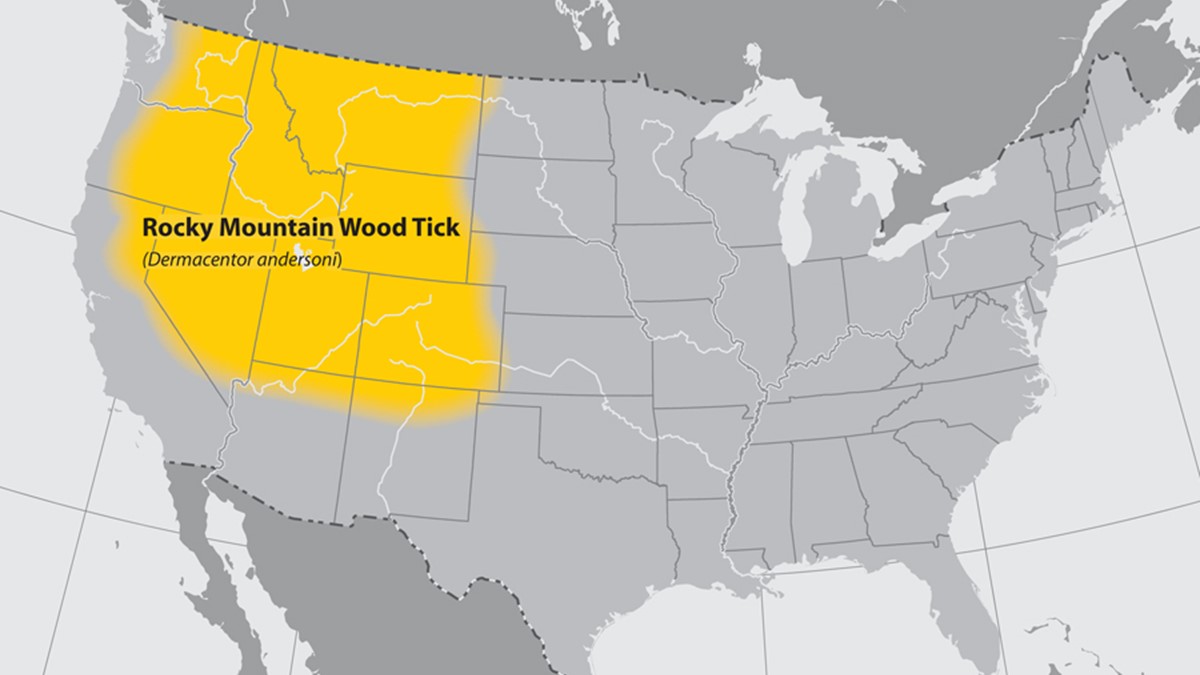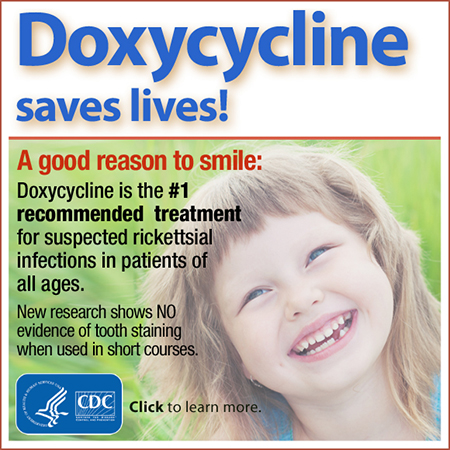Key points
- The most common symptoms of Rocky Mountain spotted fever (RMSF) are a fever, headache, and rash.
- RMSF is spread through the bite of an infected tick.
- There is no vaccine to prevent RMSF.
- RMSF can be deadly if not treated early with doxycycline.

What it is
Rocky Mountain spotted fever (RMSF) is a bacterial disease spread through the bite of an infected tick.
Signs and symptoms
Early signs and symptoms are not specific to RMSF (including fever and headache). However, the disease can rapidly progress to a serious and life-threatening illness.
Signs and symptoms can include:
- Fever
- Headache
- Rash
- Nausea or vomiting
- Stomach pain
- Muscle pain
- Lack of appetite
When to seek medical care
If you become ill after having been bitten by a tick, having been in the woods, or in areas with high brush where ticks commonly live, see your healthcare provider.
Rash
A rash is a common sign of RMSF. It usually develops 2 to 4 days after fever begins. The look of the rash can vary widely over the course of illness. Some rashes can look like red splotches and some look like pinpoint dots. RMSF is challenging to diagnose since the rash, a common symptom, often appears late in the illness.

Long-term health problems
RMSF does not result in chronic or persistent infections. Some patients who recover from severe RMSF may be left with permanent damage, such as:
- Amputation of arms, legs, fingers, or toes (from blood vessel damage)
- Hearing loss
- Mental Disability
Any permanent damage is caused by the acute illness and does not result from a chronic infection.
How it spreads
Rocky Mountain spotted fever is a serious tickborne illness which can be deadly if not treated early. It is spread by several species of ticks in the United States, including:
- American dog tick (Dermacentor variabilis)
- Brown dog tick (Rhipicephalus sanguineus) - parts of southwestern United States and Mexico
- Rocky Mountain wood tick (Dermacentor andersoni)
RMSF cases occur throughout the United States.


Prevention
There is no vaccine to prevent RMSF. Prevent illness by preventing tick bites on yourself, on your pets, and in your yard.
Tick exposure can occur year-round, but ticks are most active during warmer months (April-September). Know which ticks are most common in your area.
Testing and diagnosis
Your healthcare provider may order certain blood tests to look for evidence of RMSF. The results of these tests can take weeks. If your healthcare provider thinks your illness might be RMSF, they should recommend antibiotic treatment before test results are available.
Treatment and recovery
RMSF can be life-threatening. Early treatment with the antibiotic doxycycline can prevent death and severe illness. It is approved for adults and children of all ages.

